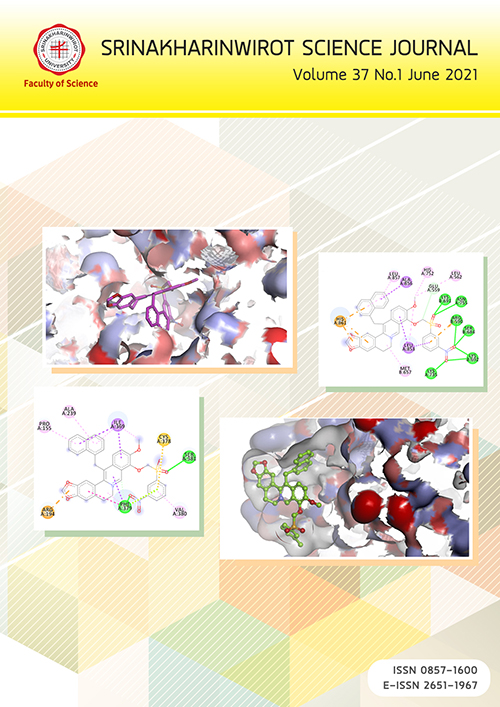Molecular Docking Studies of Berberine Derivative as Novel Multitarget PCSK9 and HMGCR Inhibitors
Keywords:
Berberine, HMG-CoA reductase (HMGCR), Molecular docking, Multitarget directed ligands (MTDLs), Proprotein Convertase Subtilisin/Kexin type 9 (PCSK9)Abstract
Hypercholesterolemia is a high risk for cardiovascular diseases, stroke, and mortality. Multitarget directed ligands (MTDLs) with dual inhibition of Proprotein Convertase Subtilisin/Kexin type 9 (PCSK9) and 3-hydroxy-3-methylglutaryl coenzyme A reductase (HMGCR) are the potential targets for the treatment of hyperlipidemia. In this work, a novel series of Berberine (BBR) derivatives was designed based on molecular docking to serve as MTDLs for PCSK9 and HMGCR. The binding energy of BBR derivatives was investigated, which confirmed that all the designed compounds showed better binding energy than the parent BBR for both enzymes. The effect of different benzenesulfonyl ring substituents was explored to improve the binding affinity. The obtained results indicated that there are significant differences in their interactions and mode of binding. All 24 designed compounds were identified as the potent multitarget inhibitors because the increase of hydrogen bond, hydrophobic and electrostatic interactions were observed. Among them, 12 could be selected as the best candidate for further study as potential multitarget PCSK9 and HMGCR inhibitors for anti-hypercholesterolemia. The obtained result suggested that the introduction of the nitro- group plays a vital role in the binding pose of the BBR derivative. Finally, in silico study confirmed that most of the compounds pass the drug likeliness properties.Downloads
Download data is not yet available.
Downloads
Published
2021-06-28
How to Cite
Jaitrong, M., Boonsri, P., & Samosorn, S. (2021). Molecular Docking Studies of Berberine Derivative as Novel Multitarget PCSK9 and HMGCR Inhibitors. Science Essence Journal, 37(1), 124–142. Retrieved from https://ejournals.swu.ac.th/index.php/sej/article/view/13502
Issue
Section
Research Article








